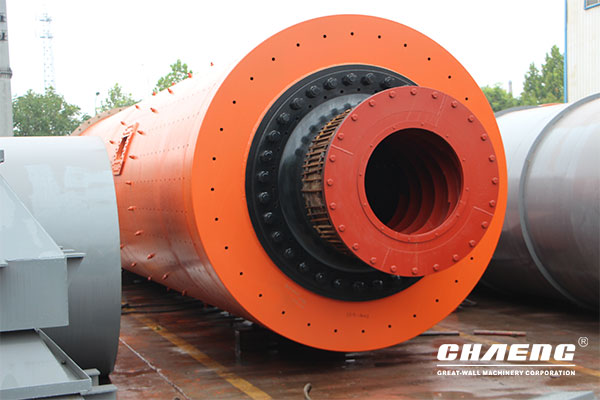
Vertical roller mills (VRM) have become the standard for grinding raw materials in the cement manufacturing process. The industry has failed to fully adapt to this technological development, which offers significant energy savings, as it did with other technical developments such as the precalciner kiln or high efficiency coolers.

Operation of a ball mill is relatively simple, with no moving mechanical parts within the mill itself. The system is tolerant to variations in both mill feed quality and quantity. By contrast, the VRM is a more complex piece of equipment with a sophisticated hydraulics system that operates the rollers. The material bed between the rollers and the table is thin and it is essential that the rollers and table do not come into contact. A variable bed of material will cause vibrations on the mill; this effect is somewhat reduced in VRMs grinding kiln raw materials as the feed is larger than the cement mill feed. The moisture content on the kiln raw materials is also higher than the cement mill feed, which is generally dry. In order to reduce these vibration issues and adequately prepare the material, the rollers in the cement VRM have been modified. In some cases, grooved rollers are used to prepare to de-aerate the material in a low pressure zone prior to it passing into a high pressure grinding zone where the particles are fractured. In other cases, smaller rollers prior to the main rollers are used to achieve the same result.


